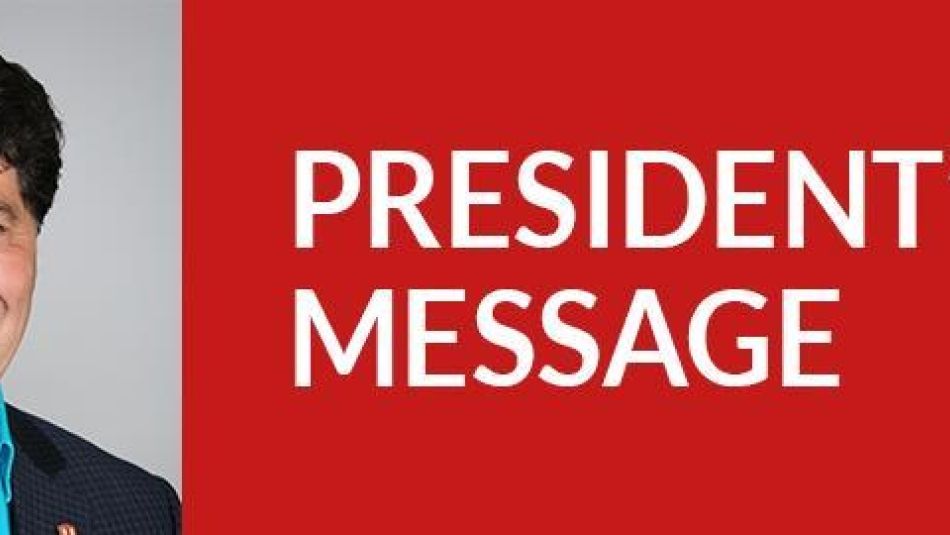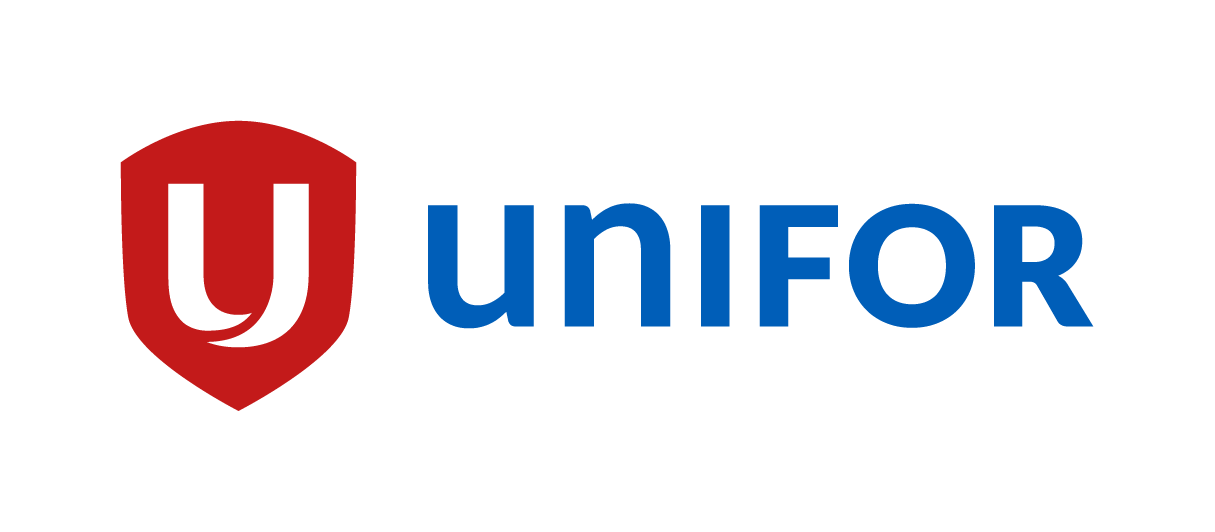
Share
First, let’s talk about the lessons we can take from the Manitoba election this week, which saw Brian Pallister’s Conservatives return for a second majority government, as we head into a new federal election.
The good news is that this is, at least, a reduced majority. The NDP led by Wab Kinew gained seven seats for a total of 18, and elected Manitoba’s first black members of the legislature and Kinew was returned as the first Indigenous Official Opposition leader.
These are significant advances. Much of the NDP’s gains in this election were made in Winnipeg, where Pallister’s downgrading of three emergency departments was an issue for many voters.
For me, that shows that voters are engaged on social policy issues such as healthcare, and will not vote for a party that they see as putting such cherished programs at risk – let alone standing in the way of improving public services.
Kinew campaigned on a platform that offered an optimistic future for the province in which Canadians care for one another. The message began to resonate, but not enough during a short election campaign called a year ahead of schedule.
The Manitoba vote showed us the opportunities for the federal election, but also the challenges. Voters across Canada go to the polls in a little over five weeks, on October 21. As Manitoba showed, there’s a lot of work to be done between now and then to make sure the Conservatives – who have been electing provincial governments across the country – cannot win federally.
Voter turnout is part of the problem. In Manitoba only 51 per cent of eligible voters cast their ballots. We cannot allow that to be repeated in the federal election. We all have a responsibility to reach out and engage with voters who perhaps feel there is no point in voting or that none of the candidates reflect their priorities.
This is a crucial election, pitting progressive party platforms against a Conservative Party led by Andrew Scheer that is eager to turn the clock back on education, healthcare and supports for vulnerable Canadians, while sticking its head in the sand on climate change.
The simple fact is that we cannot count on Scheer to stand up for workers, public education or any other public service. Quite the opposite, in fact. He wants to give a $1.7 billion tax break to rich Canadians who send their kids to private schools, rather than investing that money in the public education system that the vast majority of ordinary Canadians rely on to give their children a decent education.
Scheer wants to do all this while his buddy in Ontario, Doug Ford, cuts back on education in that province – leading to classes this year of more than 40 students in some cases and reports of children having to sit on stools because there are not enough desks. Then there is his buddy in Alberta, Jason Kenney, who wants to ban schools from even using the word “public” in their names.
If Conservatives won’t stand up for something as basic as a decent public education for our children, you know we can’t count on them to stand up for public healthcare, decent jobs or supports for those most in need.
Scheer likes to present himself as an ordinary guy, despite having never held a real job and making a six-figure salary since he entered the House of Commons at age 25. Most 25-year-olds are still struggling to get a foothold in life, including a good job and a decent place to live so they can start to build a family one day. Scheer has experienced none of that.
To stop Scheer, we need to make sure his true nature is known by Canadian voters by October 21. We need to show that despite his effort to be seen as standing up for ordinary Canadians, he favours tax cuts for the rich, American-style healthcare and he has no real plan to deal with the skyrocketing cost of living in Canada.
We need to remember, too, that every voter who stays home is a lost opportunity to build a better and more equitable country.
To stop Scheer, we need voters educated about who he really is, and are determined to get to the polls to do something about it.
Now, let’s get to work.


